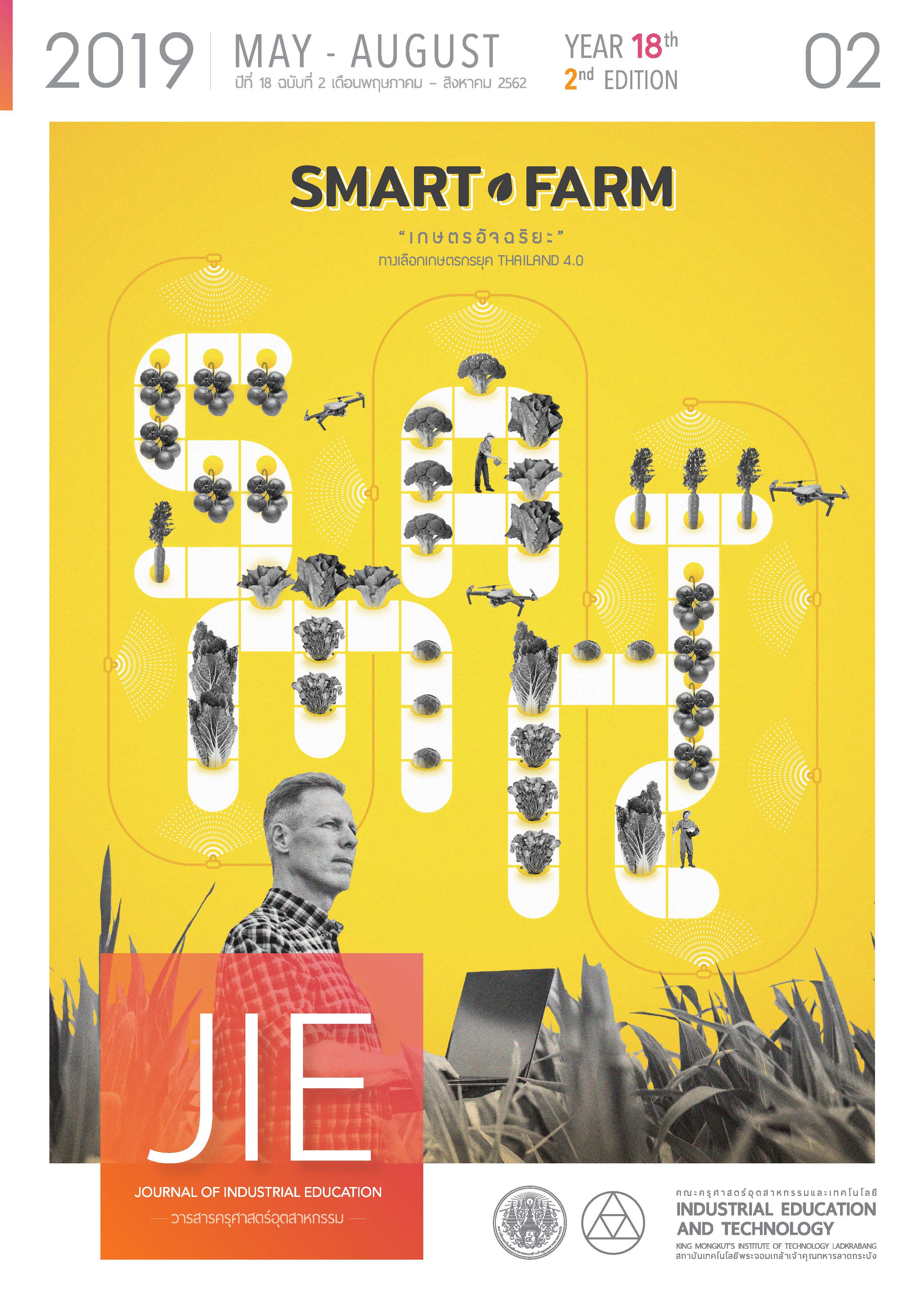A DEVELOPMENT OF AUGMENTED REALITY MEDIA ON ANIMATION CREATION FOR GRADE 11 STUDENTS
Keywords:
Augmented Reality Media, Animation Creation, Media Efficiency, Learning AchievementAbstract
The purposes of this research were 1) to develop Augmented Reality Media on Animation Creation with quality and efficiency for Grade 11 Students at MattayomWatNong-Chok School 2) to compare learning achievement of students between the experimental group which were those treated with Augmented Reality Media on Animation Creation and students in the control group who learned traditionally. The samples of this study were 90 high school students obtained by means of Cluster Random Sampling, were assigned into three groups, each of which consisted of 30 students, and the first two groups were used for the treatment and efficiency test while the other was set as the control group. The research tools were 1) Augmented Reality Media on Animation Creation 2) Quality Evaluation Form and 3) The learning achievement test with the score of Index of Item Objective Congruence between 0.67-1.00, The Difficulty Index (p) between 0.50-0.77, Discrimination (r) between 0.20- 0.53, and Reliability test by means of KR-20 at 0.70 The statistics performed in this study were Mean (), Standard Deviation (S) and t-test for Independent Samples.
The results showed that the total quality of content and media production technique of augmented reality media was at very good level ( = 4.65, S = 0.29) with the quality of content at very good level (
= 4.85, S = 0.17) and the quality of media production techniques at good (
= 4.44, S = 0.29). It also found that the efficiency of augmented reality media (E1/E2) was 90.67/89.83, which was in align with the criteria of 80/80. Furthermore, it revealed that the learning achievement of the students learning through augmented reality media on Animation Creation was significantly higher than those of the regularly instructed group at .05 levels.
References
Sukon Sinthapanan. 2012. Knowledge Management of Modern Teachers for Enhancing Learners’ Skills in The 21st Century. Bangkok : 9119 Printing techniques.
Academic Division, The Books Publisher. 2013. National Education Act 1999, Amendment No. 2, 2002, Amendment No. 3, 2010. Bangkok : Charoenrat Printing.
Wiwat Meesuwan. 2015. Developing Augmented Reality with Processing and OpenSpace3D. Bangkok: Chulalongkorn University Press.
Thanomporn Laohajaratsang. 2001. "Web-based instruction, innovation for teaching quality". Journal of Education, 28(1), p.87-94.
Seels, B. & Glasgow, Z. 1998. Making Instructional Design Decisions (2nd. ed.). OH: Columbus. Prentice Hall.
Chaiyong Promwong and faculty. 1977. Teaching media system. Bangkok : Chulalongkorn University Press.
Yaowadee RangchaiKun wibunsri. 2013. Measurement and creation of achievement tests. Bangkok : Chulalongkorn University Press.
Natthakorn Songkarm. 2014. Design & Development Multimedia for Learning. 3rd ed. Bangkok : Chulalongkorn University Press.
Saowapa Klinsougnoen. 2015. Development of Augmented Reality on Computer Operation for Grade 7 Students. Journal of Industrial Education, 14(3), p.288-295.
Jakkaphun Nilphat.2018. Augmented Reality learning media on Solar Energy. Journal of Industrial Education, 17(2), p.207-214.
Kansee Woraard. 2014. Development of Augmented Reality Supplementary Book on Singapore via iPad for Mathayomsuksa 1 Students. Master of Education (Educational Communications and Technology). Department of Educational Technology, Kasetsart University.
Downloads
Published
How to Cite
Issue
Section
License
"The opinions and contents including the words in papers are responsibility by the authors."
"ข้อคิดเห็น เนื้อหา รวมทั้งการใช้ภาษาในบทความถือเป็นความรับผิดชอบของผู้เขียน"



